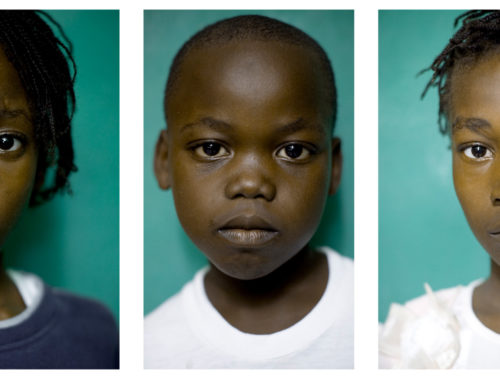
The country of Haiti has a tough past that includes famine, poverty, devastating natural disasters, and slave history. As different nationalities arrived and made their mark on the island, Haiti’s culture has evolved and absorbed them. The current food, dance, and art of Haiti is a blend of the history of Haiti and includes French, African, and native Taino influences. One thing that has never changed is the Haitian people’s passion for expressing their emotion through the arts.
Keep reading to learn more about the arts in Haiti and why they are so essential to the spirit of the Haitian people.
How the Arts Express and Preserve the Spirit of Haiti
In the wake of the devastating earthquake of 2010, many Haitian artists expressed their raw pain and emotion through art. The religion and culture of Haiti is often a blend of Christianity and Vodoun, a mystical religion steeped in folklore. Blending art and religion has given many Haitians a way to heal and remember their strength and spirit.
The Most Prominent Haitian Art Forms
As far as visual arts, painting is one of the most popular mediums throughout Haiti. You can see a concentrated collection of painted Haitian art in the bustling creative district of Jacmel. These expressive and colorful paintings appear on traditional canvas, earthquake rubble, and as murals on walls and fences. Haitians also express their culture and emotion through dance and music, telling important stories and expressing feelings through physical movement. Sculpture is another form of Haitian art and is often created using natural materials or scraps, such as recycled oil drums. One unique art form in Haiti is flag making. Flags are a huge part of Haitian culture and flag artists create one of a kind pieces using fine fabrics and sequins to remember or commemorate specific spirits, deities, or events.
Famous Haitian Artists
Art and painting is practiced by professional artists and amateurs alike as a form of expression and healing. Some of Haiti’s most famous native artists have made an impact on the international art scene. Rigaud Benoit, Préfète Duffaut, and Gesner Abelard are widely regarded as a few of Haiti’s most famous painters, and in 2010, Haitian painter and playwright Frankétienne was nominated for a Nobel Peace Prize for his work.
Learn More About How You Can Support the Children of Haiti
Not every child in Haiti is afforded the opportunity to grow and express themselves through the arts. Widespread hunger and poverty plague this beautiful country, leading some parents no choice but to send their children away for a chance at survival. Often, these kids find themselves stuck in a home for the sole purpose of their labor, with families who agree to care for them. They spend their days doing labor instead of playing, learning, and expressing themselves through dance, painting, and music.
This form of child slavery is known as the restavek system and it’s something that the Restavek Freedom is committed to ending in our lifetime. Join us through child sponsorship or creative fundraising to support our education and child advocacy programs in Haiti and bring freedom to children in need.









